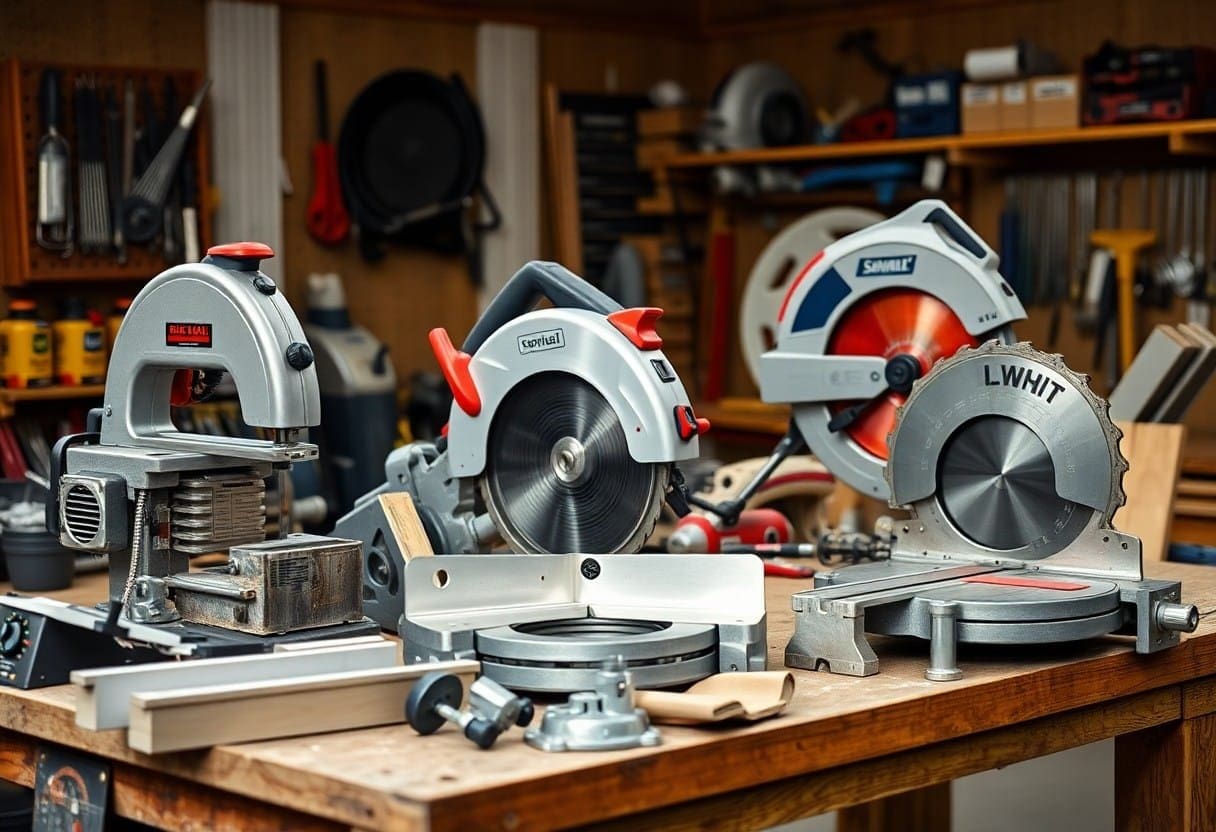Cutting metals like aluminum requires the right tools to ensure precision and safety. When you are deciding on a saw, it’s vital to consider various factors to select the most suitable option for your project. Here, we outline a few key aspects to help you make an informed decision.
First, identify the type of metal you will be cutting. Aluminum is softer compared to steel, which means you can use a wider range of tools. However, for smoother edges and less burr formation, it’s best to choose a saw specifically designed for metal cutting. If you’re planning to cut other types of metals, such as steel or stainless steel, the choice of saw might differ due to the increased hardness of these materials.
Next, determine the thickness of the material. Different saws have varying capabilities regarding the thickness and type of metal they can cut. For instance, if you are working with thin aluminum sheets, a portable band saw may be enough. However, if you need to cut thicker sheets or blocks, you might require a more robust tool like a circular saw with metal-cutting blades or a table saw equipped with the right blade type.
Consider the type of cut you want to achieve. If you’re looking for angular or straight cuts, a miter saw can provide excellent results when equipped with the appropriate blade. For intricate designs and curves, a jigsaw may be more suitable. Ensure you invest in high-quality blades too, as this can significantly impact the quality of your cuts
Another factor to take into account is the saw’s power and speed. Metal cutting often requires higher speed and torque compared to woodworking. If you choose an electric saw, check the RPM (revolutions per minute) rating and opt for a saw that offers adjustable speeds, which can be beneficial for different types of metals.
Along with the technical specifications of the saw, it’s wise to assess its safety features. Look for tools that come with guards, anti-kickback mechanisms, and support stands. These features help ensure that you can work safely, minimizing the risk of injury while providing better control during cuts. Always prioritize wearing appropriate personal protective equipment (PPE), such as gloves, safety goggles, and hearing protection, to stay safe while cutting.
Lastly, consider the ergonomic design of the saw. A comfortable grip and balanced weight can significantly enhance your cutting experience, allowing you to work for extended periods without excessive fatigue. Pay attention to the saw’s weight as well; while larger saws may cut through heavy-duty materials more effectively, they can be cumbersome to maneuver.
To put it briefly, selecting the right saw for cutting aluminum and other metals involves evaluating the type of metal, thickness, cutting needs, power, safety features, and ergonomics. By considering these factors, you can choose a tool that will not only meet your project requirements but also enhance your overall cutting experience.




